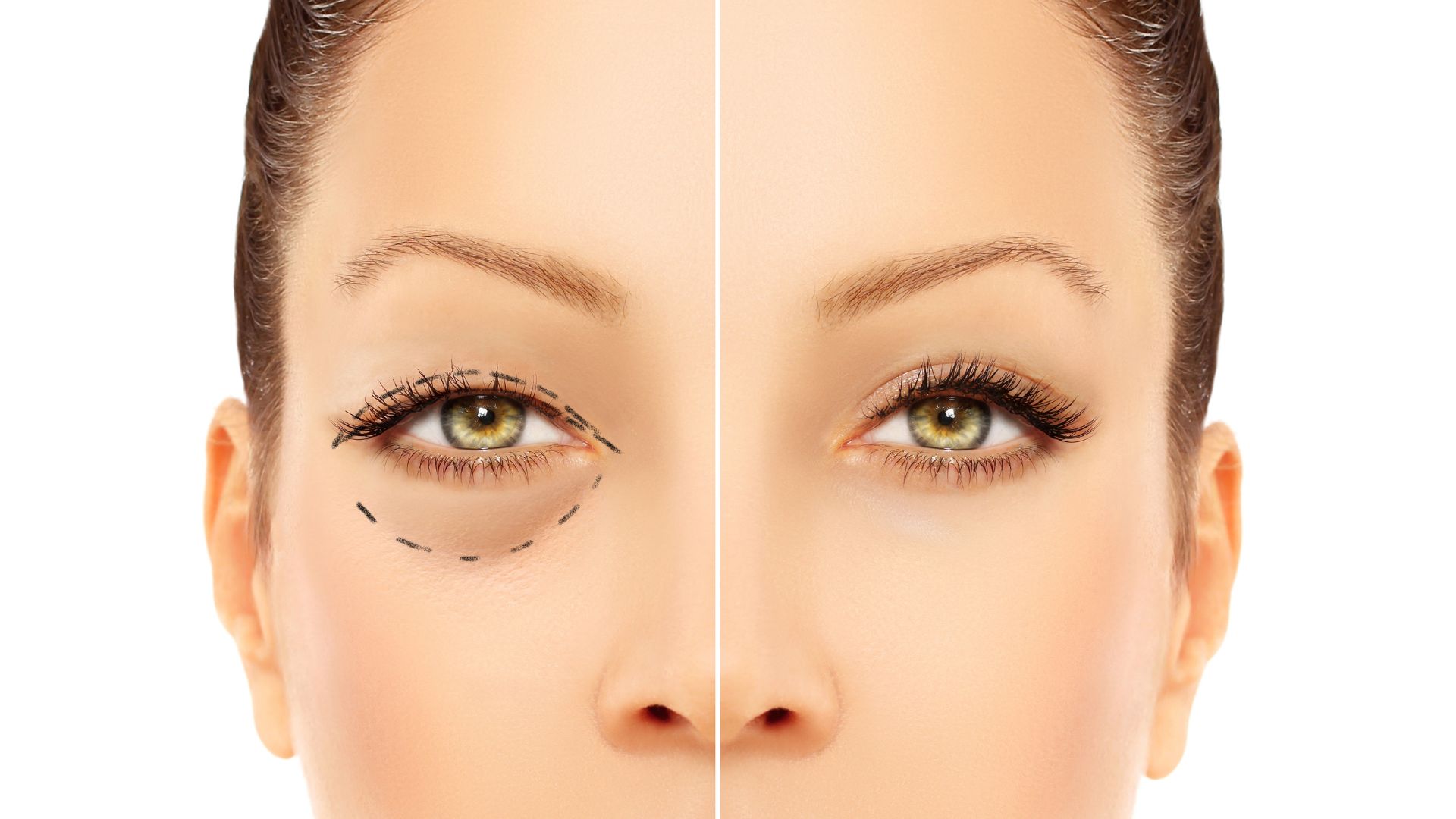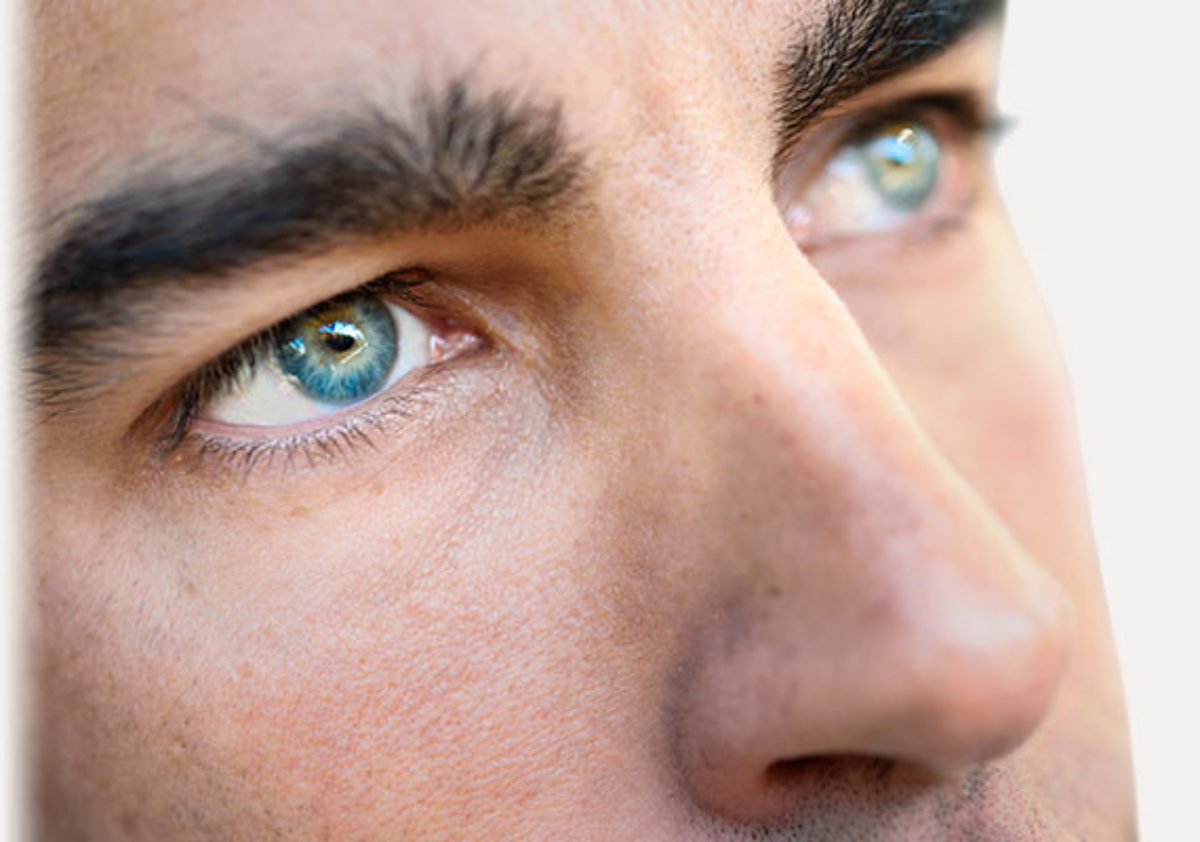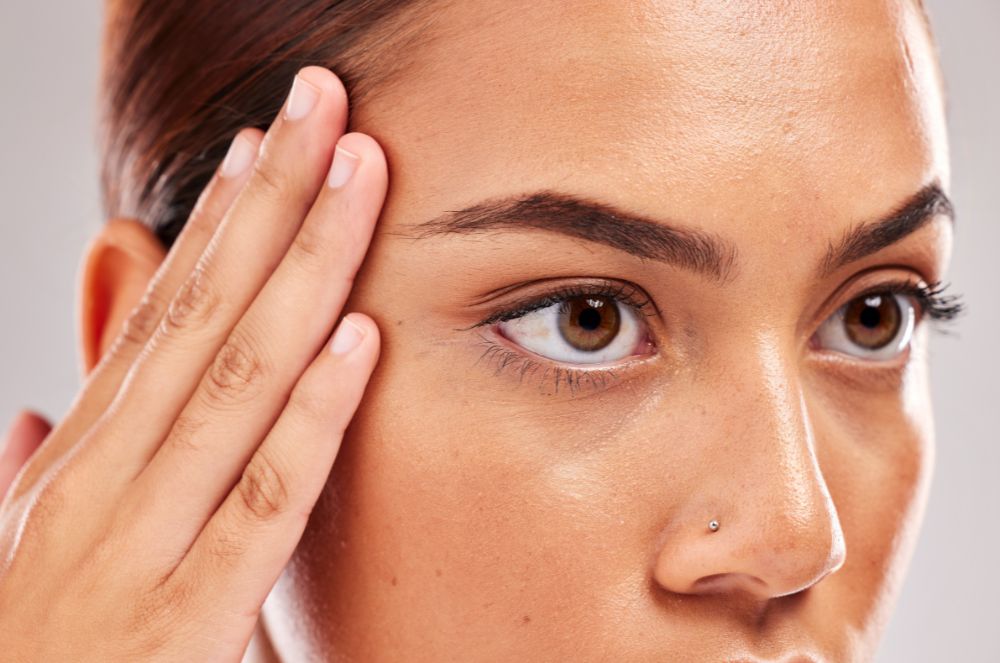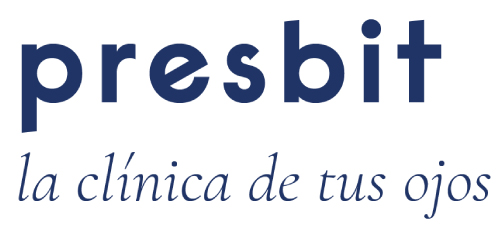Oculoplasty
Where the gaze regains its youth
Experts in oculoplasty and periocular rejuvenation.
What is oculoplastics?
It is a subspecialty of ophthalmology dedicated to the medical-surgical treatment of diseases of the eyelids, tear ducts, and orbit, for both functional and aesthetic purposes.

BLEPHAROPLASTY
This is the most common cosmetic eyelid surgery. It’s performed to correct and remove excess skin (drooping eyelids) or unwanted bags.

Who can perform this intervention?
It’s important to have it performed by an ophthalmologist specializing in ocular plastic surgery to achieve optimal results and minimize postoperative risks. At PRESBIT, we have specialists with extensive experience in this type of surgery.

What type of anesthesia is used for blepharoplasty?


What is the postoperative period like?
FREQUENTLY ASKED QUESTIONS
The vast majority of procedures are performed under local anesthesia and sedation, with the latter being deeper during injection and more superficial once the area has been anesthetized.
At PRESBIT, we perform all procedures in a hospital setting with a nursing and anesthesiology team, ensuring that any anxiety and pain are controlled.
- After surgery, ocular occlusion is performed for the first 24 hours, although we always try to leave one eye uncovered.
- It is recommended to apply local cold during the first 48 hours.
- Bruising and local swelling may occur, but these symptoms will gradually disappear.
- Generally, bruises usually disappear within 7-12 days in the case of upper blepharoplasty, but may take longer in the case of lower blepharoplasty.
Blepharoplasty is a procedure that must be performed meticulously, taking care of all the anatomical structures of the eyelids. Even though it involves a very small area, it is quite complex. For this reason, it is very important that this procedure be performed by an ophthalmologist specializing in eyelid plastic surgery or an oculoplastic surgeon, thus minimizing postoperative problems.
FACIAL LIPOFILLING
Harmonize the face by using our own fat as a filler material, thus improving the loss of volume and elasticity of the skin as a result of aging.

What is facial lipofilling?
Lipofilling is a cosmetic surgery technique used to treat facial volume loss, improve contour, correct dark circles, or improve the appearance of sunken eyes.
What is lipofilling?
It is a treatment that involves extracting fat, generally from the periumbilical region (around the navel), in order to inject it into areas of the face that need it.
This requires a prior process of filtering, decanting or centrifugation and/or emulsification of the extracted fat.

What is Nanofat?
This is a specific lipofilling technique that uses fat through a prior filtration and emulsification process to improve the appearance of dark circles. In this case, we’re not seeking to increase the volume of the area, but rather to improve the appearance of the skin thanks to the collagen-inducing effect and the depigmenting effects of growth factors and other substances found in adipose tissue stem cells.

CANTHOPEXY
Canthopexy is a surgical technique by which we apply upward tension to the lateral canthus of the eye (external region of the eye).
It is most often performed as a complement to blepharoplasty surgery, to improve eyelid tension and prevent incorrect eyelid positioning postoperatively.

How is canthopexy performed?
CANTHOPLASTY
Canthoplasty is a surgical technique that elevates the lateral canthus of the eye (the outer corner of the eye). It can improve sad, rounded eyes, giving them a more hazel-shaped appearance. It can also tighten the lower eyelid, improving malposition problems.

What is the difference between canthoplasty and canthopexy?
Canthopexy is a technique that tightens only the corner of the eye. With canthoplasty, we go a step further, not only tightening it but also repositioning it.
BROWN EYEBROW PTOSIS OR DROOPING EYEBROWS
Brow ptosis occurs when the eyebrow is lowered from its original or natural position.

Why does it happen?
Age is one of the main factors that causes this lowering of the eyebrows. There are also hereditary factors, and in other cases, it can be due to a lack of hibernation, as occurs with facial paralysis.

How do you fix it?
Brow ptosis can be treated with botulinum toxin (in mild cases) or with surgery. In the case of surgery, there are two approaches:
- Direct approach or direct browplasty: This procedure elevates the eyebrow by removing skin, fat, and muscle. This approach is usually performed just above the eyebrow.
- Indirect approach or indirect browplasty:allows the brows to be lifted using small incisions in the scalp and, in most cases, the use of an endoscope.


What type of anesthesia is used to correct eyebrow ptosis?
- In the case of direct browplasty, we generally perform local anesthesia and sedation, with the latter being more profound at the time of the anesthetic infiltration.
- In the case of indirect browplasty, general anesthesia or sedation with local anesthesia can be performed depending on each patient and their preferences.

What is the postoperative period like?

Insurers and Mutual Insurance Companies
Insurers and Mutual Insurance Companies






















































These are some of the mutual insurance companies and health insurance providers we work with. However, the agreement with these mutual insurance companies will depend on the healthcare center.
If your policy doesn’t appear on the list, please don’t hesitate to contact us for more information.
Trustindex verifica que la fuente original de la reseña sea Google. Me operé el 17/6 y estoy contentísima. Empezando por Judith, la recepcionista que tuvo conmigo una paciencia alucinante (si lees esto, gracias) y siguiendo con la doctora Saskia, como siempre tan cercana como profesional, explicandomelo todo y haciéndome sentir tranquila. Ella me explicó la operación en su día, decidí hacérmela y a día de hoy no puedo estar más contenta con su profesionalidad. Todas las mujeres que estuvieron en quirófano ese día, excelentes profesionales, lamento no haber preguntado sus nombres, me hicierion sentir muy cómoda y eso que venía nerviosa.Trustindex verifica que la fuente original de la reseña sea Google. Fantástica, la Dra.Romero es una gran profesional, ojalá fueran tod@s como ellaTrustindex verifica que la fuente original de la reseña sea Google. He acudido al doctor Maisterrena para una cirugía de un quiste y su atención ha sido muy buena, delicado con su trabajoTrustindex verifica que la fuente original de la reseña sea Google. Las visitas suelen tardar de la hora reservada, pero es normal. Están con los pacientes el tiempo necesario para dar buen servicio.Trustindex verifica que la fuente original de la reseña sea Google. Muy bien atendidoTrustindex verifica que la fuente original de la reseña sea Google. Great experience. I was received promptly and the staff as well as Dra. Marin were excellent. She took care and time to explain the outcome of the consultation and the different treatment options -- a rare luxury in healthcare these days. Thrilled to have found this practice.Trustindex verifica que la fuente original de la reseña sea Google. Trustindex verifica que la fuente original de la reseña sea Google. Acudí al doctor Maisterrena por recomendación y la experiencia no podría haber sido mejor. Desde el primer momento, me informó con todo detalle, demostrando una gran profesionalidad, seriedad y rigor. Los procedimientos que me realizó requieren una altísima especialización, y en todo momento me transmitió absoluta confianza. Su precisión y cuidado son impecables. Sin duda, un profesional de primer nivel.Trustindex verifica que la fuente original de la reseña sea Google. Trustindex verifica que la fuente original de la reseña sea Google. Excelente trato por parte del Dr Maisterrena. Me hice un tratamiento estético: él escucha tus necesidades y te aconseja lo mejor!La evaluación general en Google es 4.2 de 5, en base a 58 reseñas


